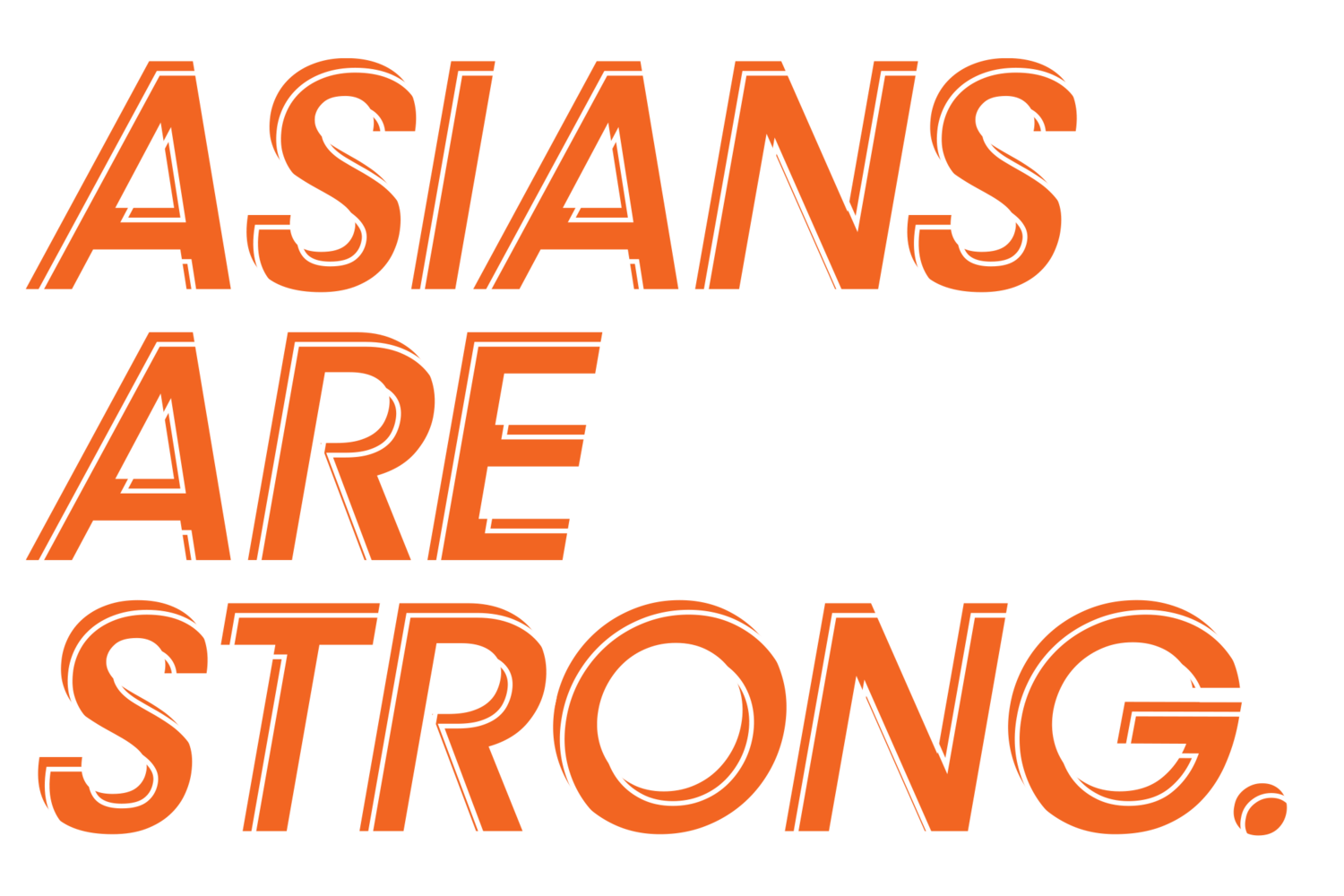Maggie Xin Wen
The Meat Market
Photography
As I started working on this series, I was thinking a lot about what education means and decided to conduct around 30 informal interviews during winter break ( January to March 2020) , asking people I met on the airplane, in galleries, and friends of friends about their paths and what it means to receive an education. Some of the interviewees were Chinese alumni of liberal arts colleges and larger universities, or currently enrolled students; some were Americans and Chinese who graduated many years ago, while others decided to pursue another degree many years after their first graduation. I based my interviews around the differences and the similarities between Chinese and American education. There is more freedom of choice within American education and more restrictions on Chinese education. I experienced those restrictions growing up and am thus conscious of the fewer restrictions existing in the American context. Black and white. Freedom and restriction. How does it shape our lives?
Building on the idea of restrictions, I developed this series of work that consists of black and white photographs of vendors and customers at the meat market ( Photo taken January 2020 Hainan) , accompanied by text pieces that respond to the images. The relationship between the image and text is in some ways more symbolic than literal, and in many ways, it is antagonistic and restrictive, which symbolizes the way cultural definitions impose societal restrictions on people’s behavior. The decision to work in black and white can also be symbolic, for without the black the white would not be well defined, just as without the text pieces the photographs are perceived in a different manner. Ultimately, through these dualistic relationships, I hope to illustrate that there is often an untold story behind what we see. A full understanding of something requires having a sense of both sides; things are often relative–something restrictive allows a greater appreciation for the not restrictive.
Conceptually, the series is based on observations and personal experience, especially the products of a Chinese and American education. The market, to begin with, speaks of physiological needs, a place where people come to buy fill everyday needs and where the vendors make the income to sustain their living. The relationship is mutually beneficial and creates a sense of stability for the whole community. In the photographs, I try to capture how people communicate as I am interested in how much they are willing to reveal in certain environments. When people are made aware of restrictions, they become more conscious of specific words and how their actions would consciously generate their own reality.
When people experience dramatic restrictions in life, it is then that they think about what they really need. People become more grateful when they are made aware of receiving. There are a lot of grey areas in life, and ambiguity we must accept since we are all human. If you have seen black, you can be clearer in your definition of white. If you have seen white, you can be clearer about what constitutes black. Clarity about opposites, like colors, makes it easier to accept the grey. Therefore, the photography series ends on the note of love, it is inclusive and accepting, it is grey, it is the action and the words, it is the negatives and the positives, and it is extremely ordinary.
BACK TO COMPETITION
